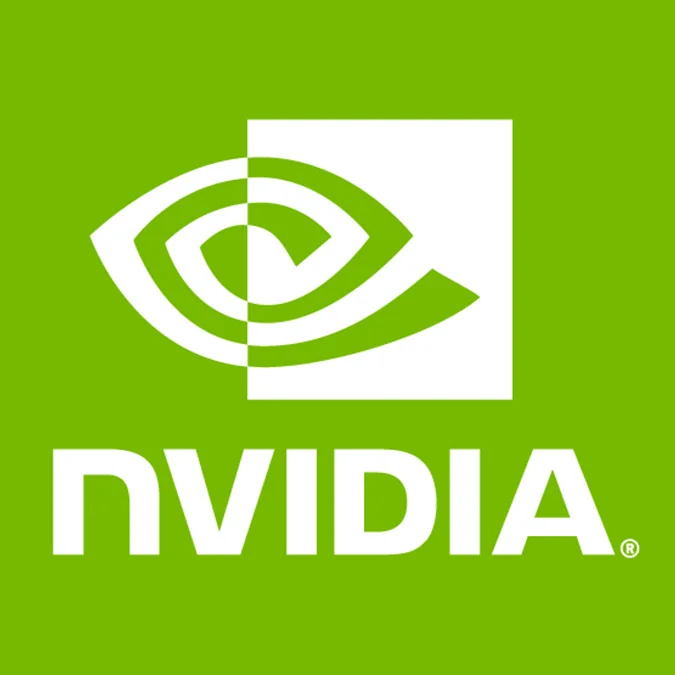NVIDIA's List Of Known Wayland Issues From SLI To VDPAU, VR & More

While NVIDIA has made much progress recently on their Wayland support with finally embracing GBM, their new open-source kernel driver supporting DMA-BUF, and other progress, there isn't yet driver parity to X11. For the big R515 milestone, NVIDIA engineer Aaron Plattner published a list of known Wayland issues to their team.
NVIDIA has been busy not only working on their open-source kernel driver but also making sure their driver stack can work better with Wayland.
The known NVIDIA Wayland driver support limitations include:
- NVIDIA VDPAU not working under Wayland natively nor does it work under XWayland. VDPAU is NVIDIA's video decode API that has been around for a long time while more recent NVENC/NVDEC has been their focus.
- NVIDIA's NvFBC desktop capture library does not work under Wayland nor XWayland.
- Variable rate refresh capabilities like G-SYNC do not work under Wayland.
- VR displays such as SteamVR that require DRM display leasing do not currently work.
- EGL_EXT_platform_x11 does not work with XWayland.
- Various color connector properties are not yet implemented by NVIDIA's kernel driver.
- The NVIDIA-Settings control panel / configuration UI has limited functionality on Wayland.
- Front-buffer rendering in GLX does not work with XWayland.
The above list covers NVIDIA driver known limitations with (X)Wayland. NVIDIA also went on to acknowledge some additional compositor/protocol shortcomings:
- Various workstation features lack support currently under Wayland and will likely require new EGL extensions or other work: SLI and multi-GPU mosaic, frame lock, swap groups, advanced display pipeline features, and stereo rendering.
- No public API through which Wayland compositors can power off video memory.
- XWayland does not provide a proper way to synchronization application rendering with presentation.
- Lack of proper automatic handling for display muxers when launching full-screen apps/games.
- Indirect GLX does not work with XWayland due to NVIDIA's EGL implementation.
- Hardware overlays cannot be used by GLX applications with XWayland.
See the full list of the known NVIDIA Wayland limitations via the NVIDIA Forums.
With these known limitations it's easy to see why NVIDIA had Canonical change Ubuntu 22.04's NVIDIA default back to X.Org rather than the planned default to Wayland. Fedora 36 meanwhile with the NVIDIA proprietary driver is still defaulting to the GNOME Wayland session.

